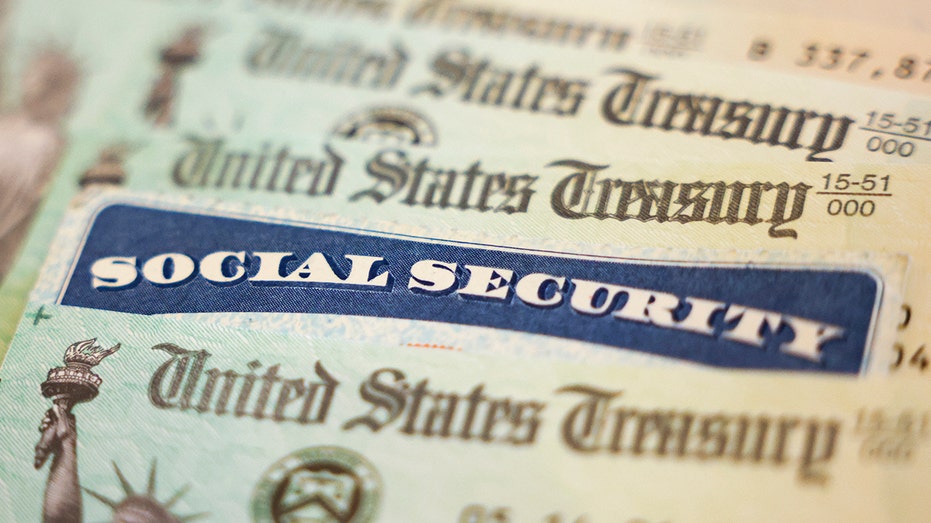Have you ever received two Social Security payments in one month? While it may seem like a bonus, it’s actually a planned occurrence under certain circumstances. This guide explains why you might receive an extra Social Security payment and how the process works.
Understanding the Payment Schedule
Typically, Social Security benefits are paid on the first day of each month. However, if the first falls on a weekend or federal holiday, the payment is issued on the last business day of the preceding month. This ensures that beneficiaries receive their funds promptly, regardless of the calendar date.
Reasons for Receiving Two Payments
There are two main reasons why you might receive two Social Security payments in one month:
-
Scheduled Early Payment: If the first day of the next month falls on a weekend or federal holiday, the SSA issues your payment early, on the last business day of the current month. This ensures you have access to your funds before the first day of the following month.
-
Supplemental Security Income (SSI) Payment: SSI recipients may receive two payments in a month if the first day of the following month is a weekend or federal holiday. This is because SSI payments are typically issued on the first day of the month, but are moved to the last business day of the preceding month if the first falls on a weekend or holiday.
Example: May 2023 Payments
In May 2023, the first day of the month falls on a Monday. Therefore, all Social Security and SSI payments will be issued on the first day of the month. However, if the first day of June 2023 had fallen on a weekend or holiday, SSI recipients would have received two payments in May:
- May 1st: Regular May SSI payment
- May 31st: Early June SSI payment
What to Do if You Receive Two Payments
If you receive two Social Security or SSI payments in one month, there’s no need to worry. This is a normal occurrence under the circumstances described above. You don’t need to contact the SSA unless you have any questions or concerns.
Additional Information
- You can check the SSA’s payment schedule online to see when your next payment is due.
- If you have any questions about your Social Security or SSI payments, you can contact the SSA by phone or online.
Receiving two Social Security or SSI payments in one month is usually a planned occurrence due to the calendar and payment schedule. It’s not an extra payment, but rather an early payment for the following month. If you have any questions or concerns, don’t hesitate to contact the SSA.
Here’s why some Social Security recipients will receive two checks this week
Due to a glitch in the system, some Americans will receive two Social Security payments this week—a rare occurrence.
The Social Security Administration normally only distributes one payment per week, with checks arriving on the second, third, and fourth Wednesdays of each month. Then, unless it falls on a weekend or holiday, it pays Supplemental Social Security Income on the first of each month, which supports elderly Americans with low incomes and disabled persons.
Due to March 1 falling on the fourth Wednesday of February, some people on SSI will get paid for both this week. That means roughly 7. On Friday, March 1, SSI recipients who number four million will get their March payments.

To be clear, the consecutive deposits are simply an early payment for the following month; they do not indicate that retirees are receiving additional funds.
This is slated to happen two more times this year, in August and November, according to a schedule of payments on the Social Security Administrations website.
Although retirees saw a slight increase in their standard of living this year, many have reported finding it difficult to make ends meet as a result of persistently high inflation, which has quickly reduced their purchasing power.
A recent survey published by Atticus found that an overwhelming percentage of seniors collecting Social Security — about 62% — are dissatisfied with the 3.2% payment increase theyre receiving in 2024.
Actually, almost three out of five seniors reported financial difficulties because the cost of basic necessities like food, rent, and medical care continues to be uncomfortably high, and approximately 2020% of seniors receiving social security plan to look for work this year due to the slight increase.

Concerns about rising utility, insurance, heating, and food costs were voiced by retirees.
Beginning in January, more than 66 million Americans who are receiving Social Security benefits received larger payouts.
The payment increase represented a sharp decrease from 2023, when beneficiaries were given an 8 7% bump, the highest in four decades. However, it remains higher than the 2. 6% average increase recorded over the past two decades.
This kind of increase increased the average monthly retiree benefit of $1,907 by approximately $59
The consumer price index for Urban Wage Earners and Clerical Workers, or CPI-W, from July, August, and September is used to calculate the annual Social Security change.
$638 Extra Monthly Social Security, SSDI, SSI Benefits – New Details Released
FAQ
Why did I get an extra deposit from Social Security this month?
Why did I receive an unexpected payment from Social Security?
Why did I receive a one time payment from Social Security?
What is the Social Security bonus?
Are Social Security and SSI payments increasing in 2023?
Last year, the SSA announced that Social Security benefits and SSI payments were increasing by 8.7 percent for 2023 for a cost of living adjustment (COLA). The increase for 2023 payments was seen as the highest rate in 40 years. By clicking on SIGN ME UP, you agree to Newsweek’s Terms of Use & Privacy Policy.
Is a second SSI payment an extra payment?
The second SSI payment is not an extra payment. It’s the next month’s payment hitting your account a few days early. It’s likely you’ll also receive an SSI payment early when the first of the month is a federal holiday. The payment will be made on the last business day of the previous month. » MORE: SSI vs. SSDI: Similarities and differences
How much social security if you retire in 2022?
If you retire at age 70 in 2022, your maximum benefit would be $4,194. It’s important to use the Social Security website with your personal Social Security number and work history to determine exactly how much benefit you will receive with the new COLA adjustments.
When will SSI payments go out?
In August, the IRS announced that these payments would go out in mid-October to Social Security, SSI, Department of Veterans Affairs, and Railroad Retirement Board beneficiaries. And, good news: You will not have to pay this money back!
